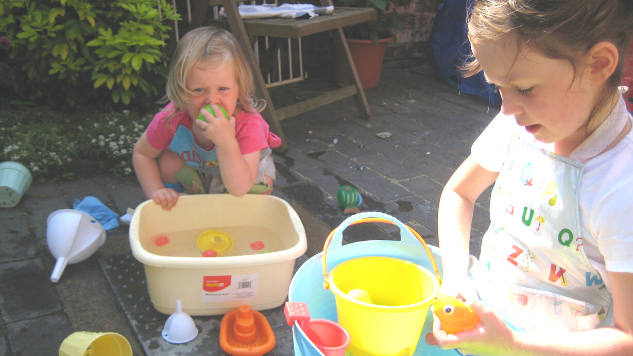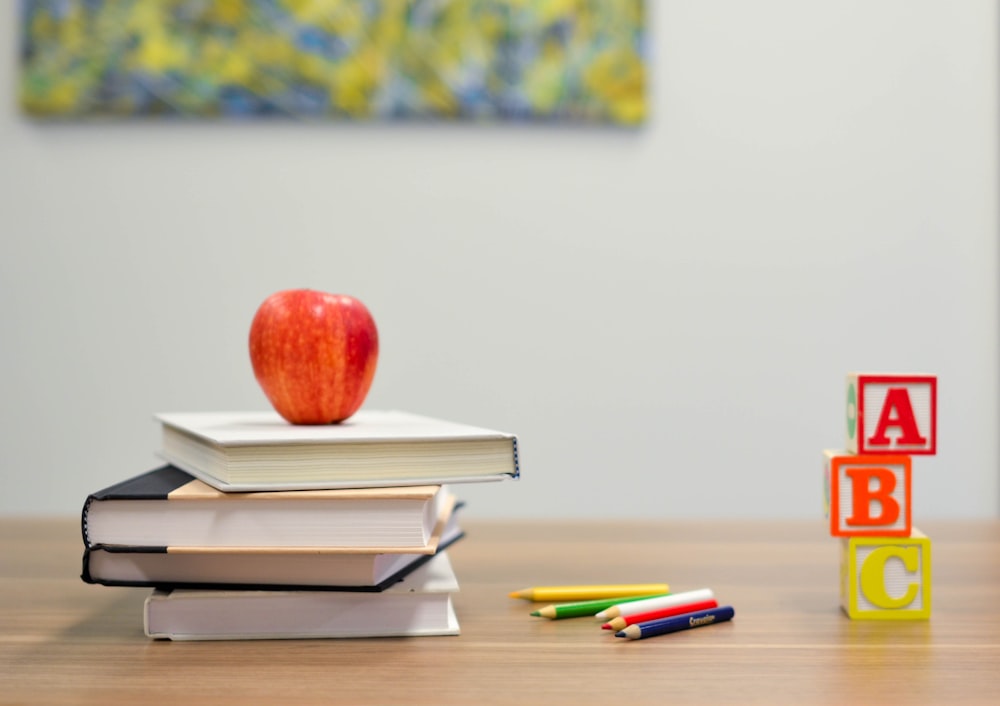Redefining Learning Spaces
The traditional classroom, characterized by rows of desks and a teacher at the front, is rapidly evolving. Modern educators are embracing innovative approaches that transform learning spaces into dynamic environments that foster creativity, collaboration, and critical thinking. By incorporating elements such as flexible seating arrangements, technology-rich zones, and outdoor learning areas, teachers can create spaces that inspire students to engage with the learning process in new and exciting ways.
Personalized Learning Experiences
Gone are the days of one-size-fits-all education. Personalized learning, which tailors instruction to meet the individual needs and interests of each student, is gaining momentum in classrooms worldwide. By leveraging technology and data-driven insights, teachers can create personalized learning paths that empower students to take ownership of their education. This approach can also help to address learning gaps, increase student motivation, and improve overall academic outcomes.
Integrating Technology into the Classroom
Technology has the potential to revolutionize education by providing students with access to a vast array of resources and tools. From interactive whiteboards and tablets to virtual reality headsets and coding platforms, technology can enhance learning experiences and make education more engaging and relevant. By integrating technology into the classroom, teachers can help students develop essential skills such as digital literacy, problem-solving, and critical thinking.
Promoting Collaborative Learning
Collaborative learning, which involves students working together to achieve a common goal, is a powerful strategy for fostering social and emotional development. By engaging in group projects, discussions, and peer-to-peer tutoring, students can learn from each other, develop communication skills, and build relationships. Collaborative learning can also help to create a more inclusive and supportive classroom environment.
Embracing Project-Based Learning
Project-based learning (PBL) is a student-centered approach that allows students to apply their knowledge and skills to real-world problems. By working on projects that are meaningful and relevant to their lives, students can develop critical thinking, problem-solving, and creativity skills. PBL can also help students to see the practical applications of their learning and increase their motivation to succeed.
Fostering a Growth Mindset
A growth mindset, which is characterized by a belief that intelligence can be developed through effort and perseverance, is essential for student success. By cultivating a growth mindset in the classroom, teachers can help students to embrace challenges, learn from mistakes, and develop resilience. Strategies for fostering a growth mindset include providing positive feedback, setting achievable goals, and encouraging students to take risks and try new things.
Measuring the Impact of Classroom Innovation
To ensure that classroom innovations are effective, it is important to measure their impact on student learning and engagement. This can be done through a variety of methods, such as standardized assessments, student surveys, and teacher observations. By collecting and analyzing data, educators can identify what works and what doesn’t, and make adjustments as needed.
The Future of Classroom Innovation
As technology continues to advance and our understanding of learning grows, we can expect to see even more innovative approaches to education in the years to come. By embracing new ideas and practices, educators can create classrooms that inspire, engage, and empower students to reach their full potential.






